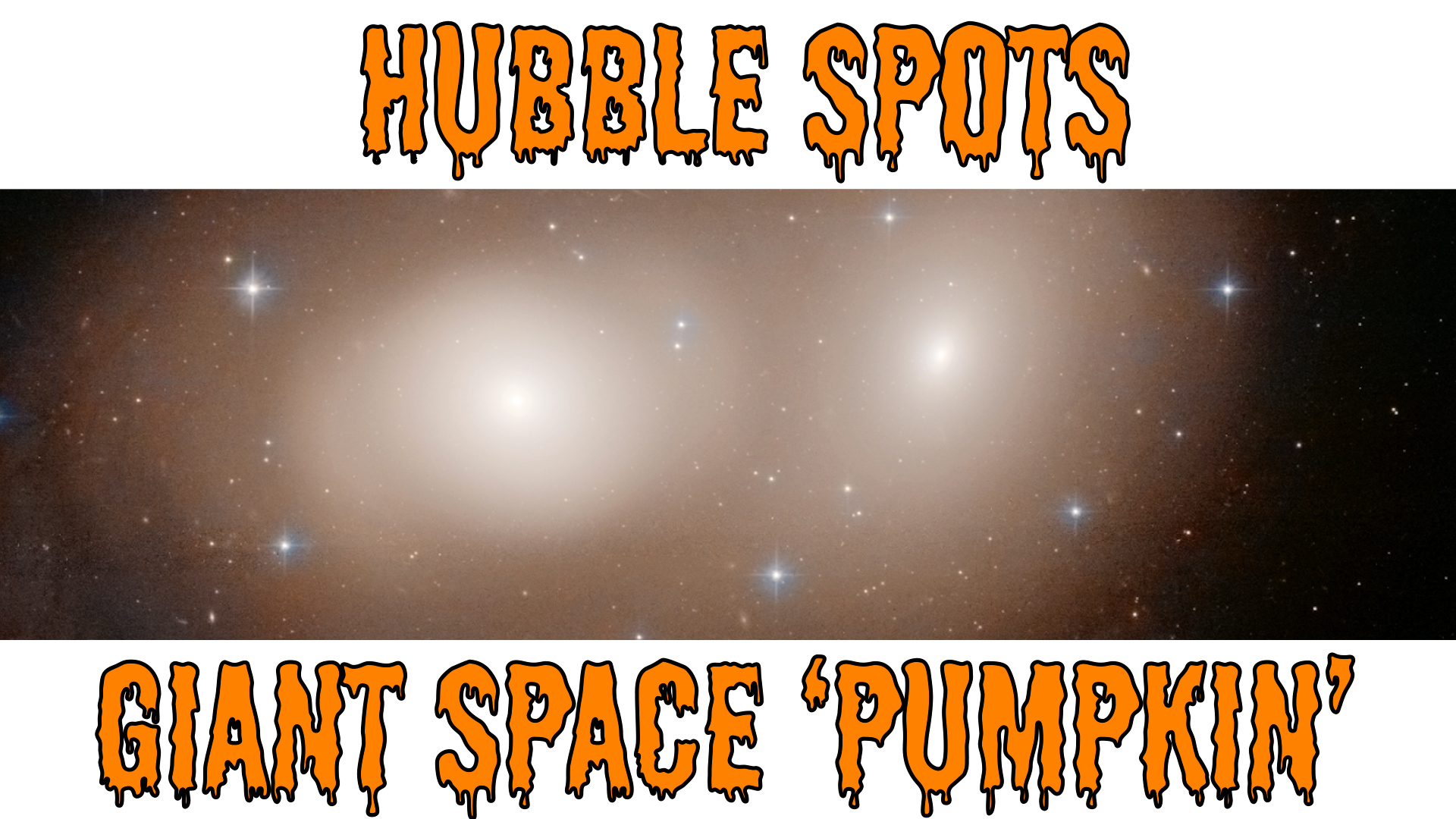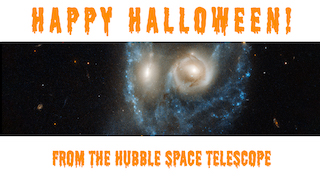Pumpkin Sun

On October 8, 2014, active regions on the sun gave it the appearance of a jack-o'-lantern. This image is a blend of 171 and 193 angstrom light as captured by the Solar Dynamics Observatory.
Credit: NASA/GSFC/SDO
Active regions on the sun combined to look something like a jack-o-lantern’s face on Oct. 8, 2014. The active regions appear brighter because those are areas that emit more light and energy — markers of an intense and complex set of magnetic fields hovering in the sun’s atmosphere, the corona. This image blends together two sets of wavelengths at 171 and 193 angstroms, typically colorized in gold and yellow, to create a particularly Halloween-like appearance.

The sun as imaged by the Solar Dynamics Observatory on Oct. 8, 2014, in 335 angstrom extreme ultraviolet light.
Credit: NASA/SDO

The sun as imaged by the Solar Dynamics Observatory on Oct. 8, 2014, in 193 angstrom extreme ultraviolet light.
Credit: NASA/SDO

The sun as imaged by the Solar Dynamics Observatory on Oct. 8, 2014, in 171 angstrom extreme ultraviolet light.
Credit: NASA/SDO

The sun as imaged by the Solar Dynamics Observatory on Oct. 8, 2014, in 304 angstrom extreme ultraviolet light.
Credit: NASA/SDO
Credits
Please give credit for this item to:
NASA's Goddard Space Flight Center
-
Producer
- Scott Wiessinger (USRA)
-
Project support
- Aaron E. Lepsch (ADNET Systems, Inc.)
-
Writer
- Karen Fox (ADNET Systems, Inc.)
Missions
This page is related to the following missions:Release date
This page was originally published on Friday, October 10, 2014.
This page was last updated on Wednesday, May 3, 2023 at 1:50 PM EDT.

